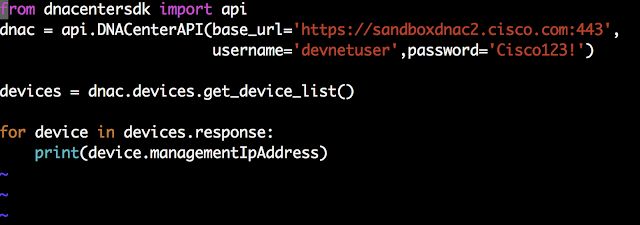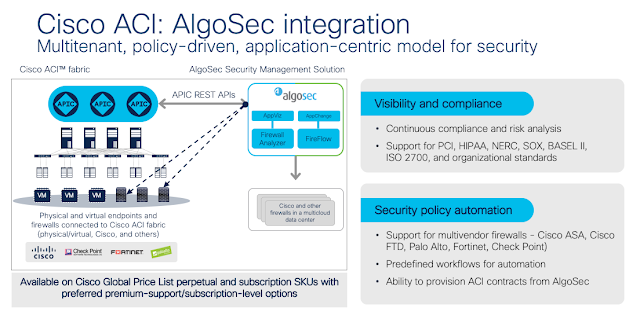Webex tools for disaster relief
Storm Emma hit the coasts of Ireland in late February 2018. Towns and cities across the country were slammed with the bleakest snowstorm in almost half a century as a cold front travelling in from mainland Europe plunged the country to record low temperatures and buried many regions in over 2 feet of snow. Gale force winds compounded the relief efforts causing widespread disruptions to roads, rail and air travel. As a national emergency was declared, a co-ordination team assembled in Dublin to liaise with multiple authorities handling the response efforts across the country.
Recently, I met with Bryan Humphreys, Information and Communications Technology Project Leader for Cork County Council, to discuss his local authority’s response to the storm. Bryan explained the unique challenges his team faced, “Cork County is the largest local authority by geographic area in Europe. However not only is it a large region, we are responsible for a county which has remote areas with mountainous and rugged terrain, and over 1,000 kilometres of coastline. We needed to equip our emergency teams to deal with all situations and to empower them with real-time and relevant information at their fingertips to allow for rapid and safe responses, especially during such conditions experienced with Storm Emma.”
County Cork’s rugged coastline and terrain
Responding to a natural disaster
Bryan and his team deployed Webex in late 2017 after witnessing other collaboration tools failing to deliver on original promises. Initial deployment started with a Webex Board in the Cork city headquarters and the team rapidly expanded their footprint in the ensuing months. Bryan’s team and the local authority make use of Webex devices and Webex Teams daily but the challenges which came with Storm Emma really exemplified to Bryan the power of the integrated Webex platform.
“Some of our response officers were equipped with tablets running Webex Teams letting us share critical information such as weather forecasts, maps and building blueprints. Our teams on the ground were able to respond effectively and efficiently in these life-threatening conditions. Our incident response vehicles were equipped with Cisco Webex devices which allowed our teams to join meetings from isolated and inhospitable areas. In some instances, we had remote teams dialled into a Webex session which ran for over 9 hours!”
“I can give examples of how first responders used Webex Teams to share insights into weather patterns to ensure their job was executed as efficiently and safely as possible, ensuring our responders returned home safely at the end of the day.”
“The Cisco Collaboration solution allowed us to run our crisis management team remotely. Back in our Cork offices in the south west of Ireland, we used the Webex Board to dial into national central crisis management meetings with government agencies situated out of Dublin.”
“Webex is now so central to our operations that we could not have managed such efficient responses to incidences without it. We have several Webex Boards in our offices in Cork, we’re using Webex Share in our meeting rooms, and our departments collaborate on Webex Teams. We’re looking at developing pods in our offices with DX80 units and the Webex platform opens up the possibility for remote working.”
For Bryan and his team, choosing Webex brought collaboration to new heights. “For us it was a no brainer. The quality and ease of the Webex platform was excellent, and in responding to some of the worst storms to ever hit Ireland, the Cisco Collaboration solution has been pivotal to our communications. Other local authorities in Ireland are now witnessing the power of the Webex platform and what we’re achieving in Cork and they too are exploring Webex as a model for their teams.”
The power of Webex has become central to Cork County Council’s response to national emergencies with storms becoming more commonplace with changing climate patterns not just in Ireland but around the globe. Cork County Council’s use of Webex and its applicability both in responding to emergencies and in an everyday working flow exemplifies the power of Cisco’s Collaboration tools and how Webex Teams can solve local authority’s collaboration needs.





















